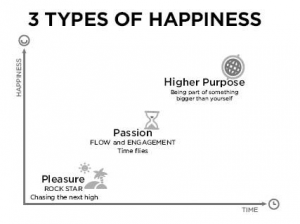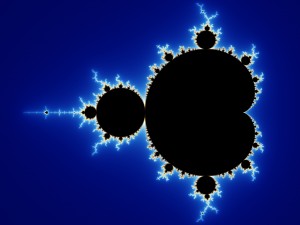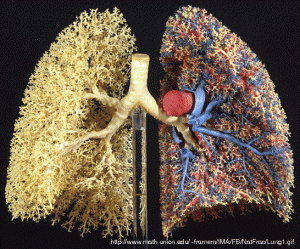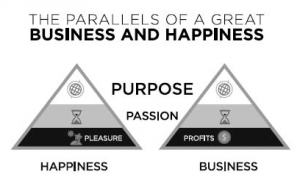Delegation levels
4 de abril, 2011I wrote the same, but with different words!
14 de abril, 2011I just finished reading Tony Hsieh’s Delivering Happiness: A Path to Profits, Passion, and Purpose, an interesting book on Tony experience as entrepreneur and his findings along the way.

Delivering Happiness
The first thing he noticed is how important it is to have, to understand and to maintain a company culture. This is something I already covered in the posts below:
- Agile methodologies are processes, agile is culture
- Sobre Zappos, seu excelente “customer care”, gestão participativa e a importância da cultura de uma empresa
- Guia de referência sobre a cultura da Netflix
- It’s all about the people
- 4 types of company culture
After the company culture topic, Tony discussed happiness and how it is connected with purpose. I’ve already discussed happiness here in the post named Hector’s list of happiness where one of the items of the list is “Happiness is feeling useful to others”. On another post named Purpose beyond profit where I mentioned the importance for a company to have a clearly defined purpose in order to be successful. What I found quite interesting in Tony’s book is the final chapter, “End Game”, where he wrote about his research on the topic of heppiness and the connection between people happiness and company purpose. First he explained the three type of happiness:
Pleasure
The pleasure type of business is about always chasing the next high. I like to refer to it as the “Rock Star” type of happiness because it’s great if you can have a constant inflow of stimuli, bu it’s very hard to maintain unless you’re living the lifestyle of a rock star. Research has shown that of the three types of happiness, this is the shortest lasting. As soon as the source of stimuli goes away, people’s happiness levels drop immediately.Passion
The passion type of happiness is also known as flow, where peak performance meets peak engagement, and time flies by. Research has shown that of the three types of happiness, this is the second longest lasting. Professional athletes sometimes refer to this state as “being in the zone”.Higher Purpose
The higher-purpose type of happiness is about being part of something bigger than yourself that has meaning to you. Research has shown that of the three types of happiness, this is the longest lasting. What I find interesting is that many people go through life chasing after the pleasure type of happiness, thinking that once they are able to sustain that, then they will worry about passion and, if they get around to it, look for their higher purpose.Based on the findings of the research, however, the proper strategy would be to figure out and pursue the higher purpose first (since it is the longest-lasting type of happiness), then layer on top of that passion, and then add on top of that the pleasure type of happiness.
Source: Delivering Happiness: A Path to Profits, Passion, and Purpose
Then he goes on explaining fractals, rough or fragmented geometric shapes that can be split into parts, each of which is (at least approximately) a reduced-size copy of the whole (source: Wikipedia):
And then he explains how similar the three types of people happiness are to the three elements that is found in great companies, just like in fractals:
I think the parallels between what research has found makes people happy (pleasure, passion and purpose) and what the research has found makes for great long-term companies (profits, passion and purpose) makes for one of the most interesting fractals I’ve ever come across.
Source: Delivering Happiness: A Path to Profits, Passion, and Purpose
So here’s a few questions for us to think about:
- Do I know what’s my higher purpose?
- Do I know the higher purpose of the company I work for?
- Are these higher purposes the same?
- If not, what should I do?







